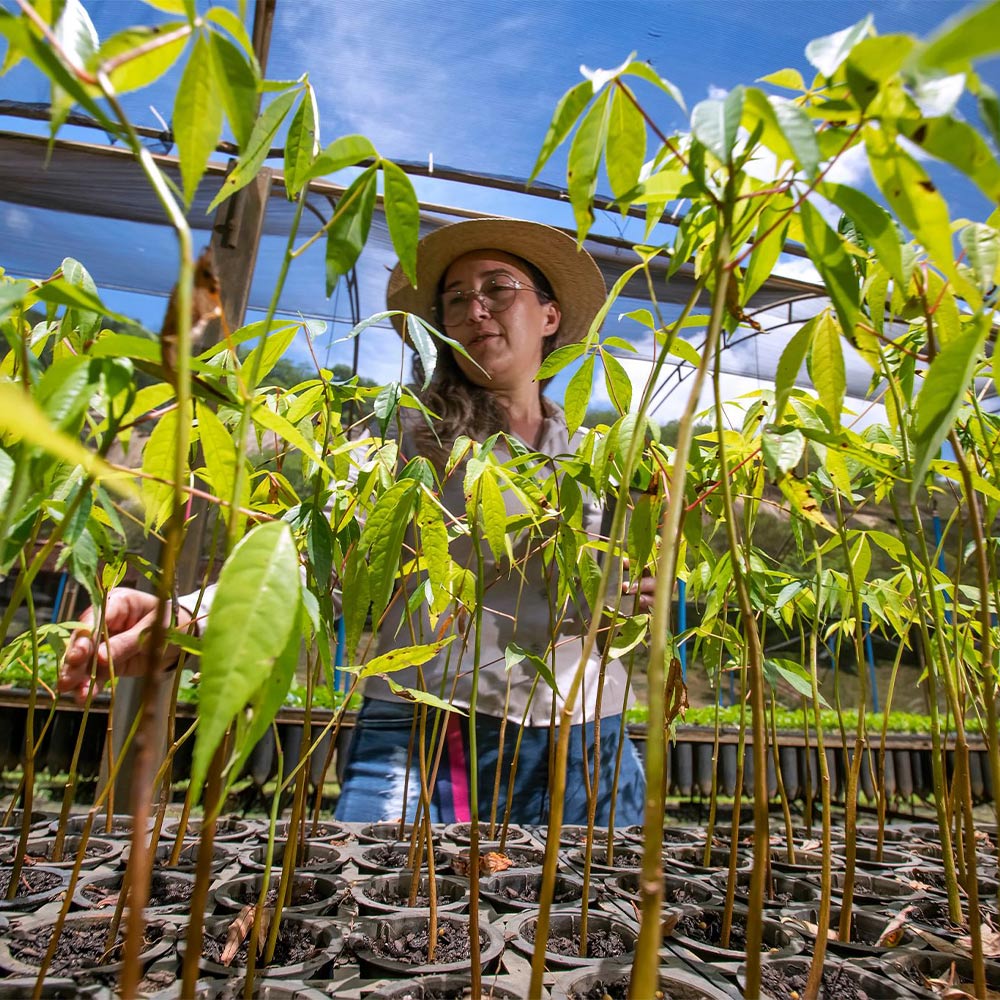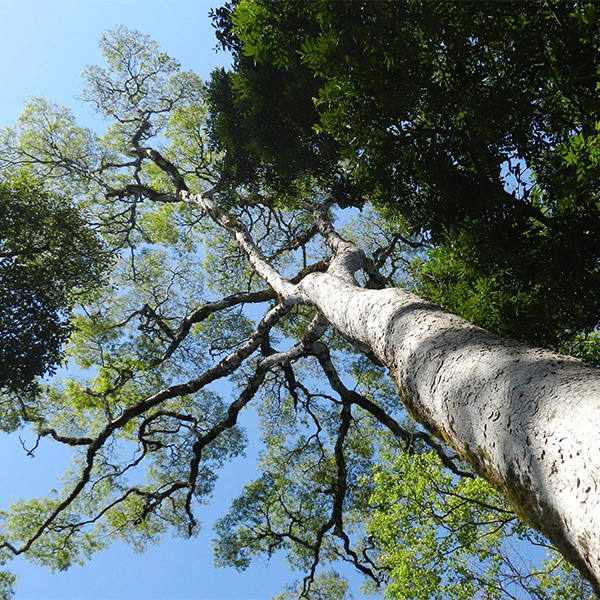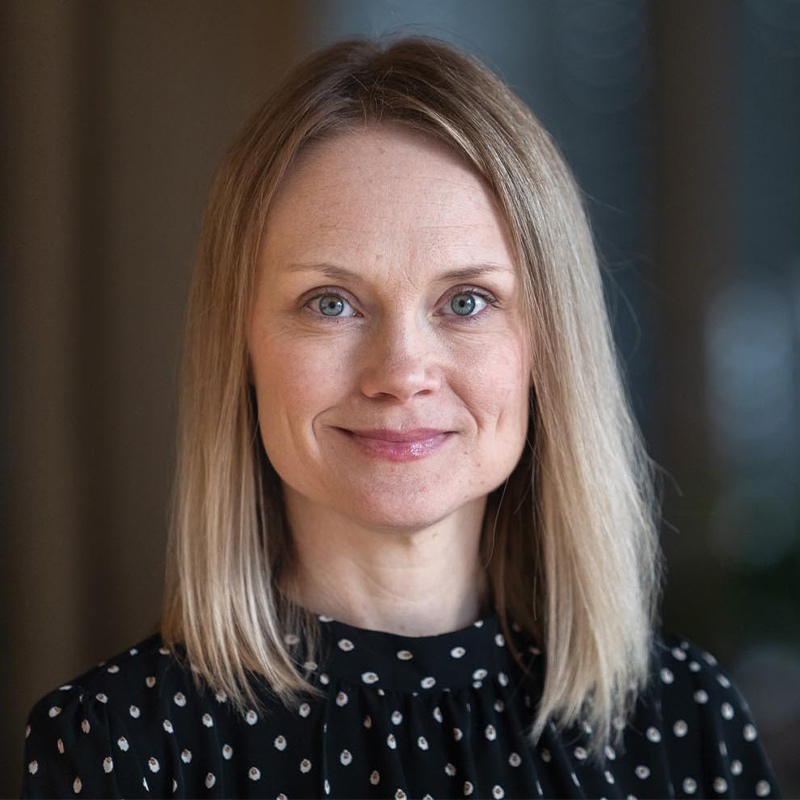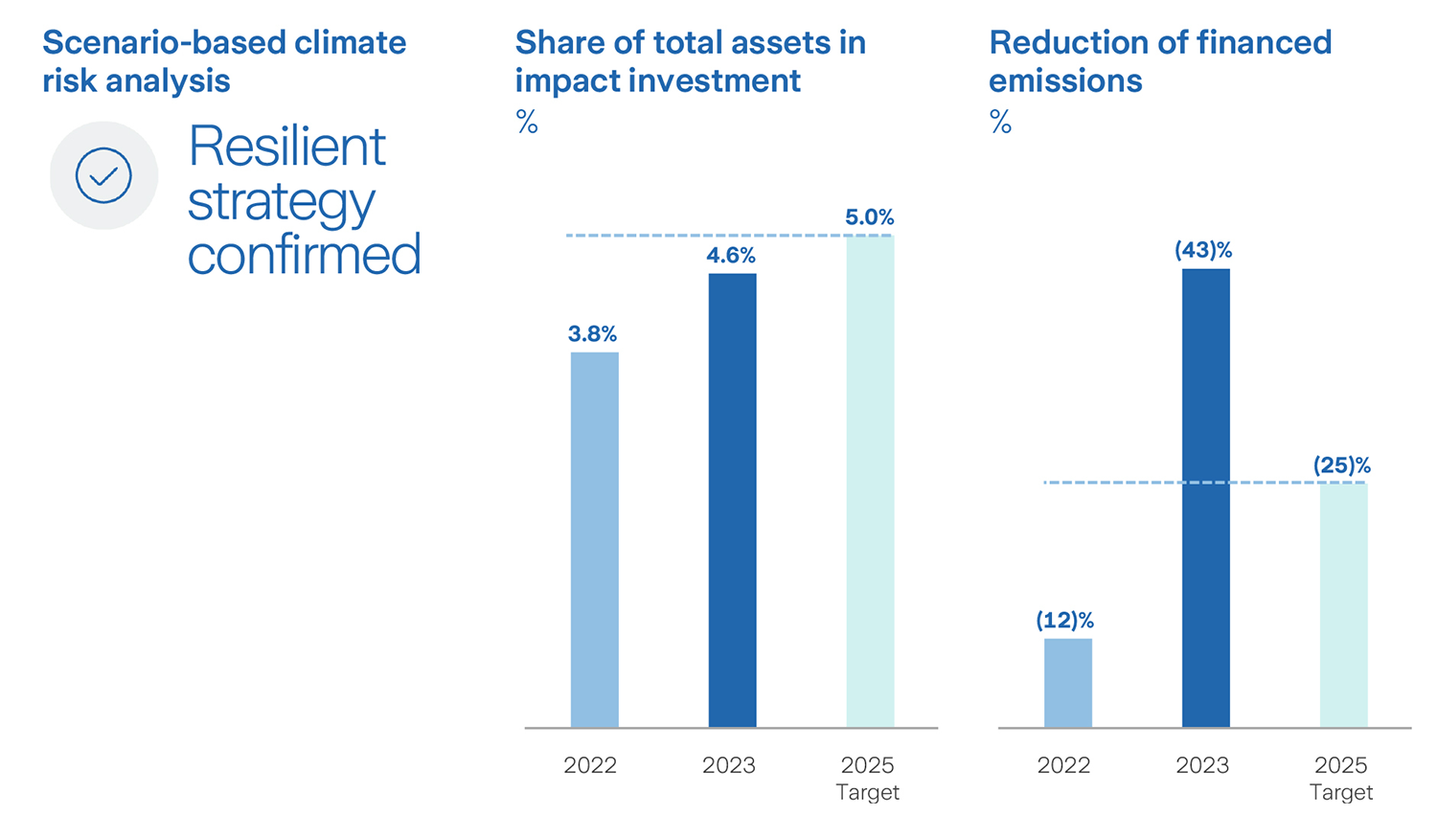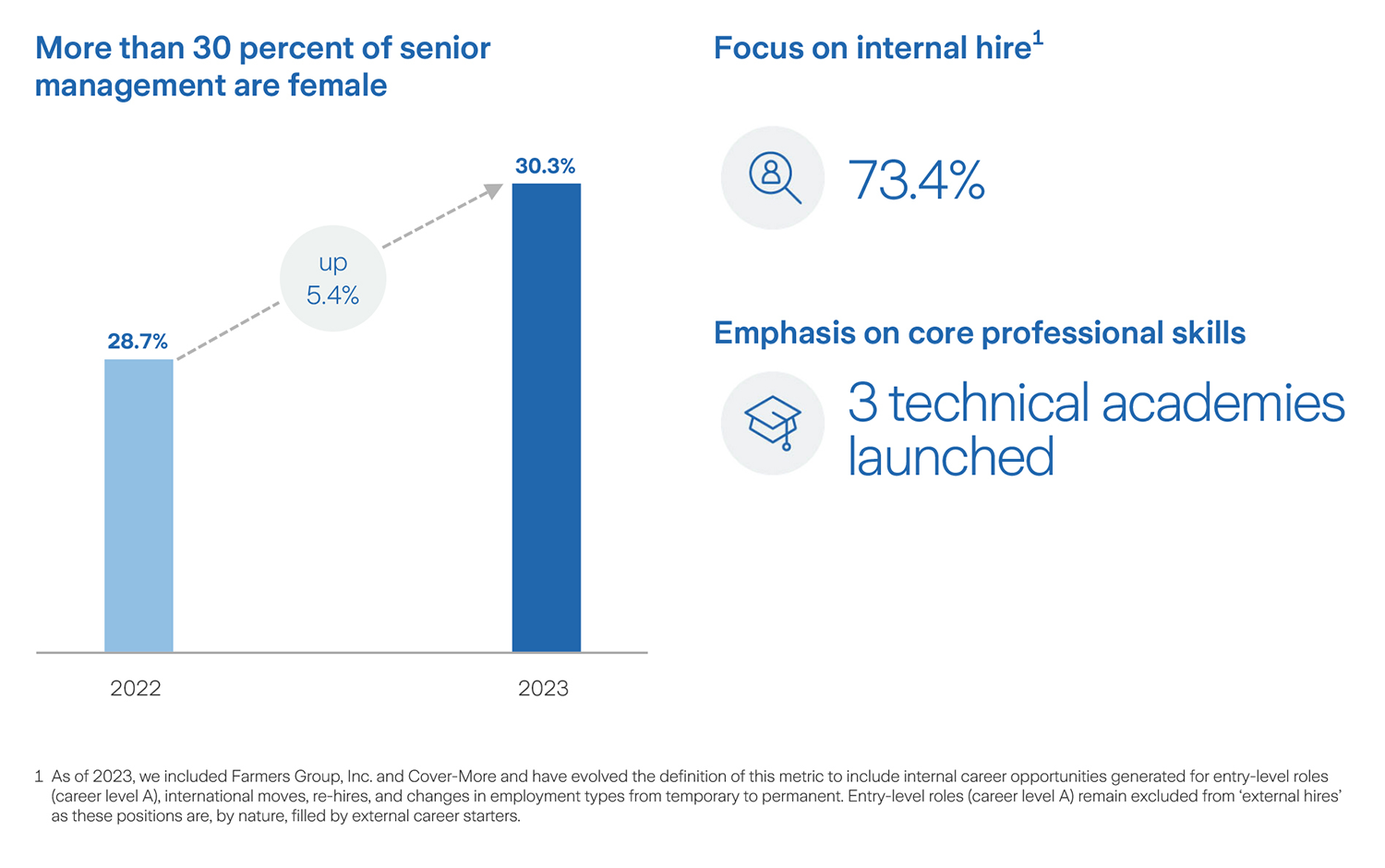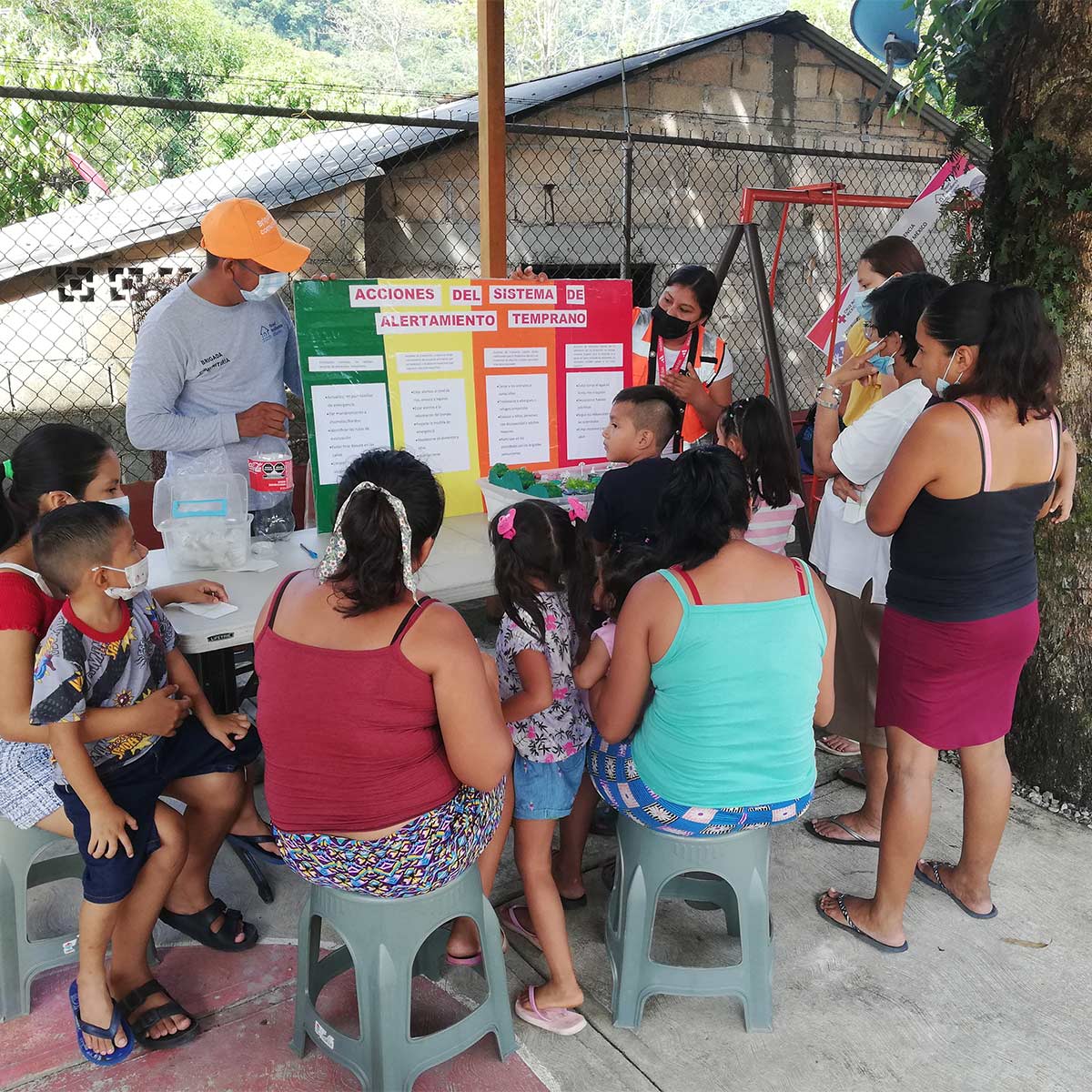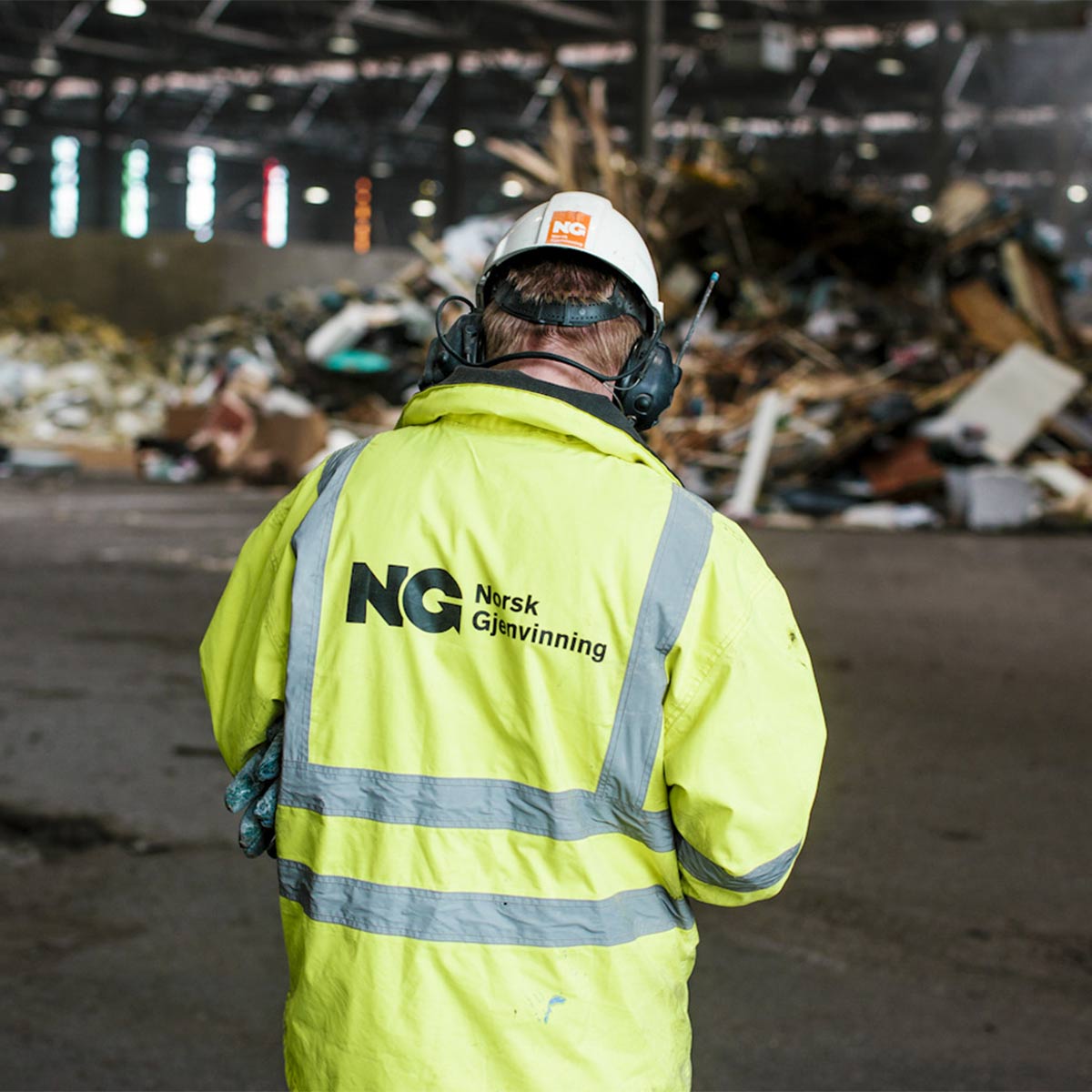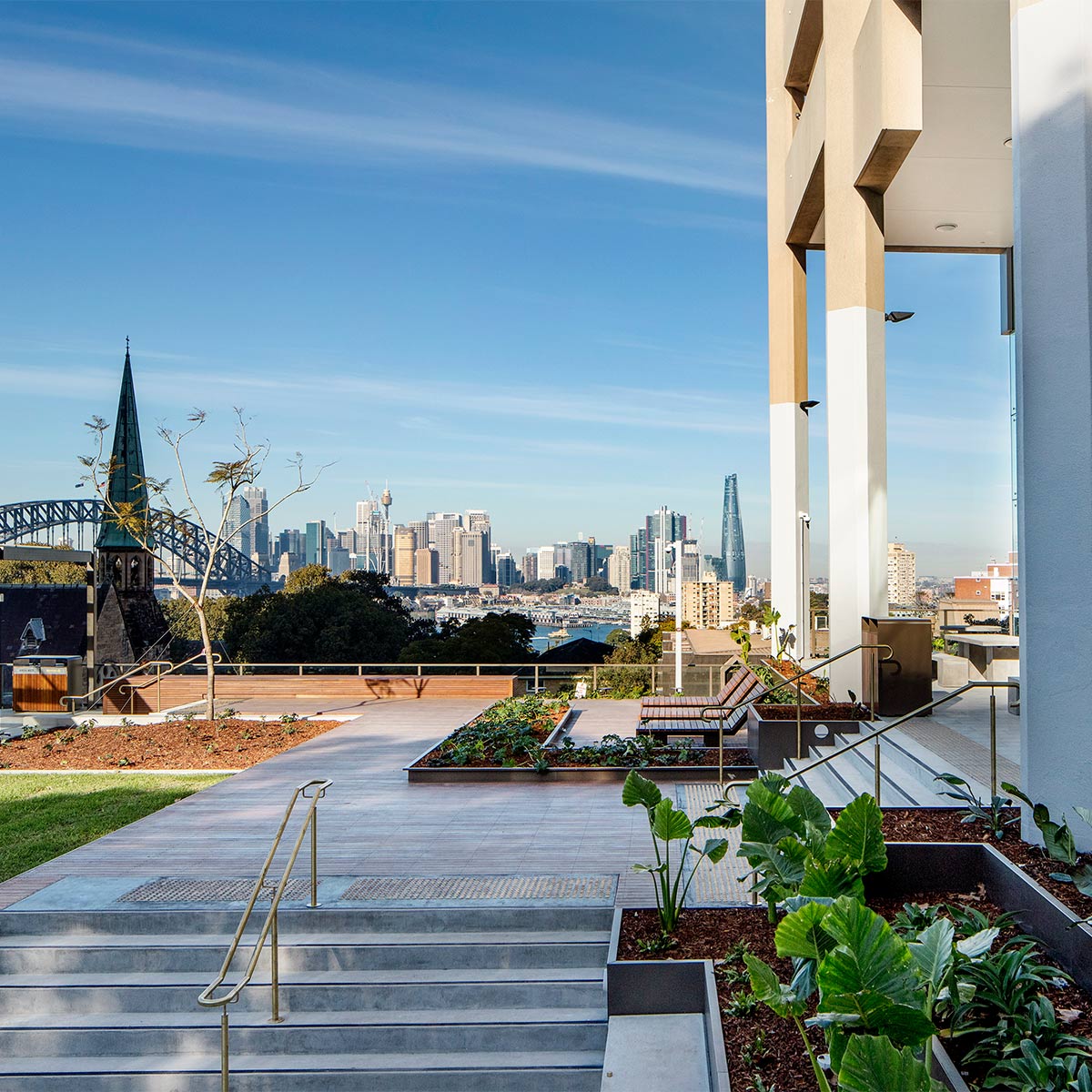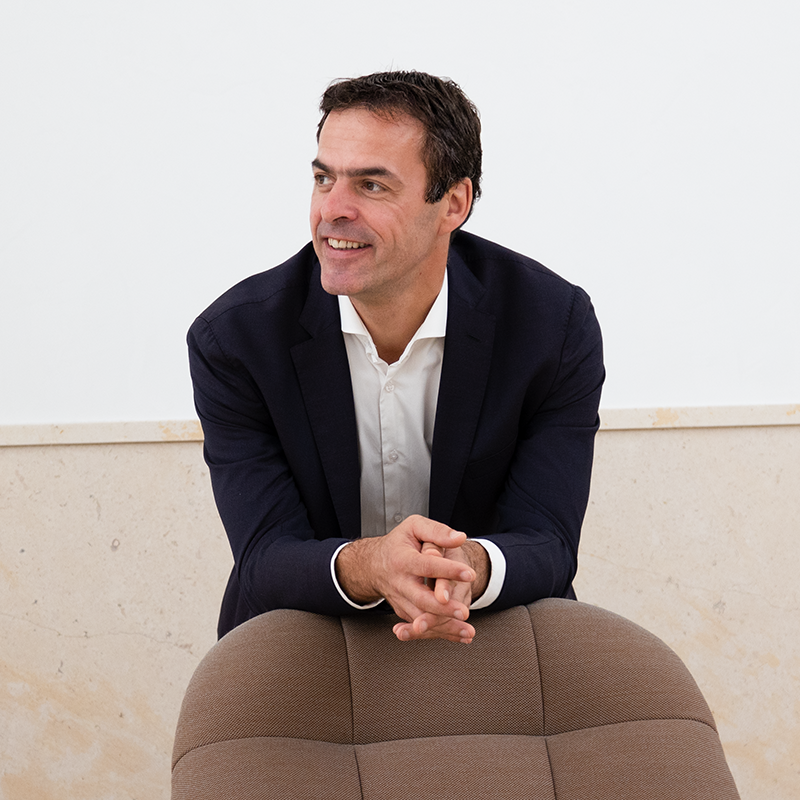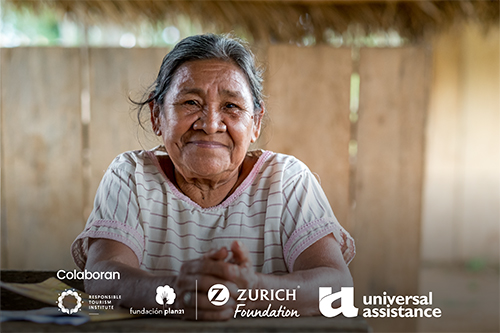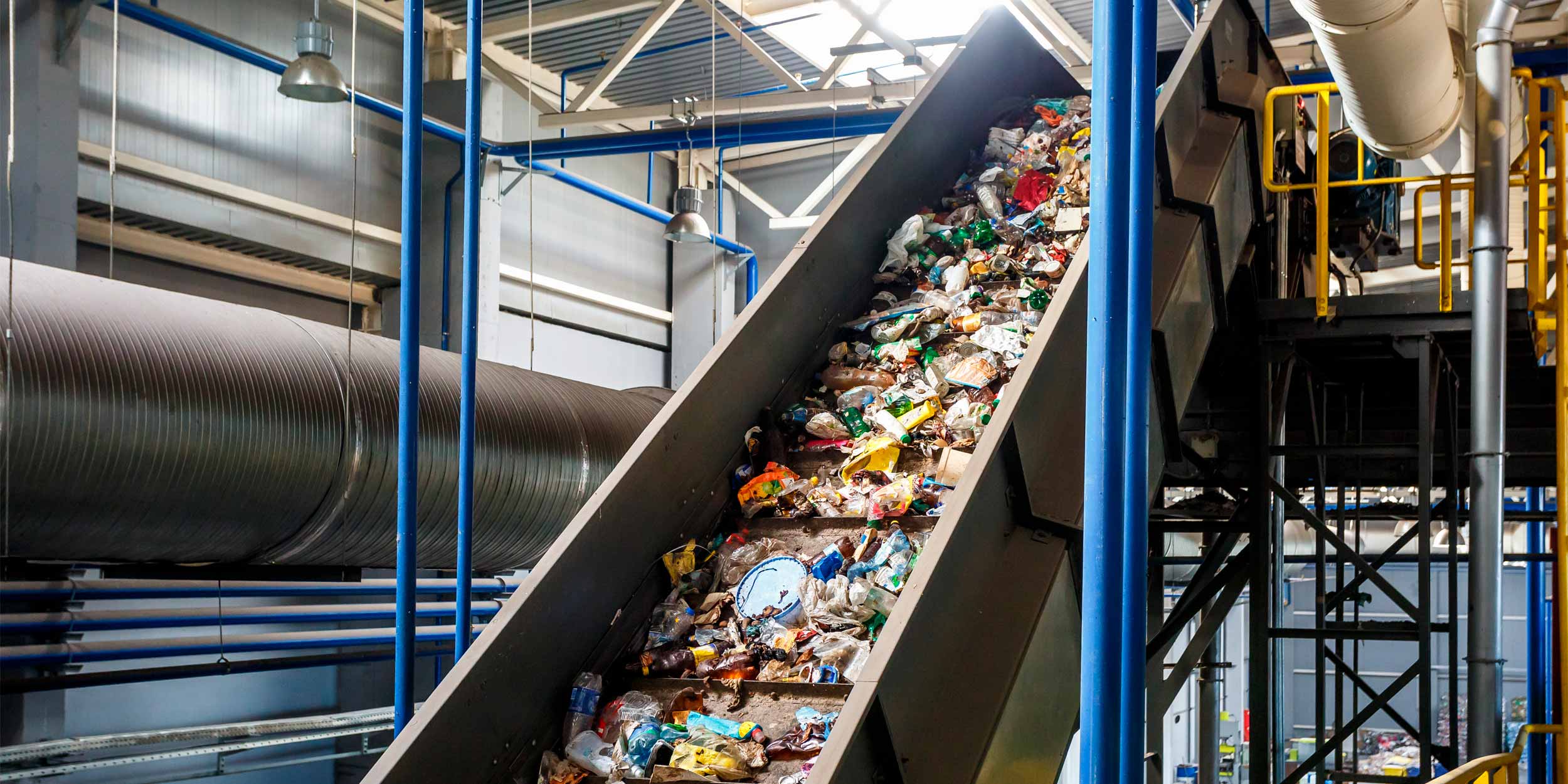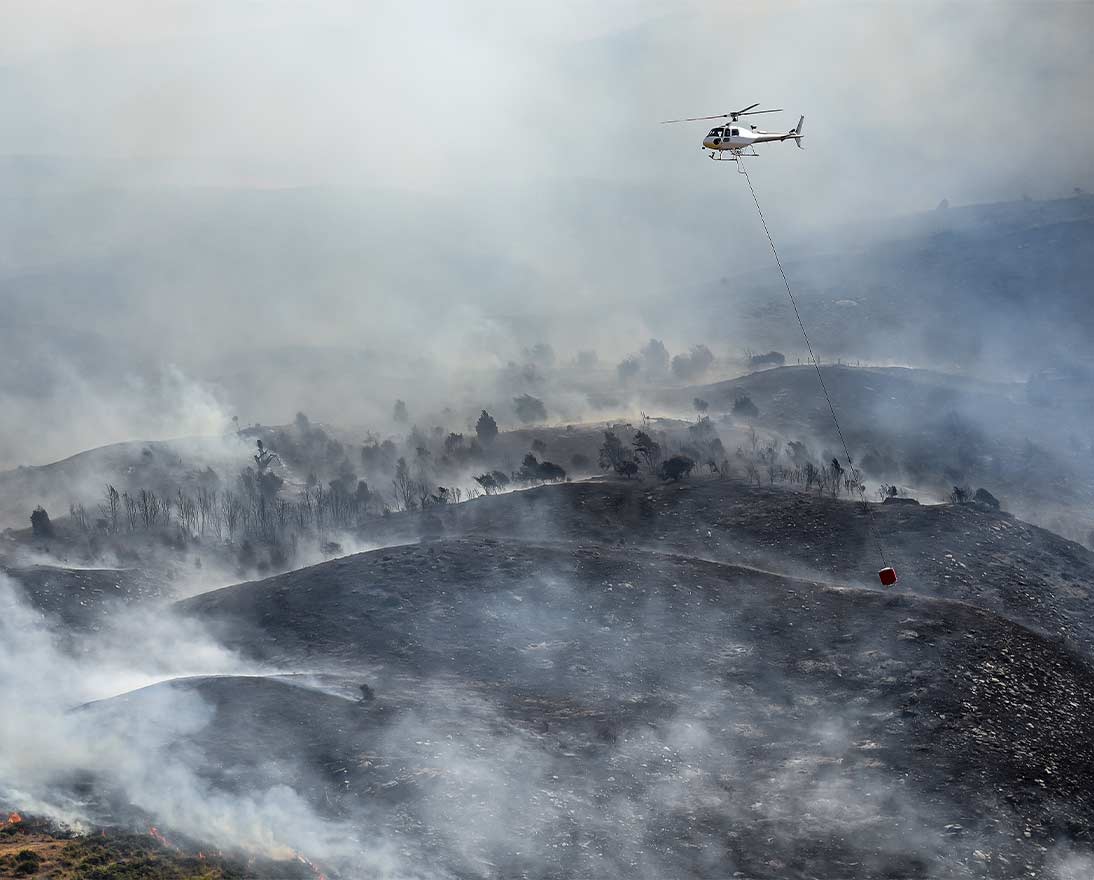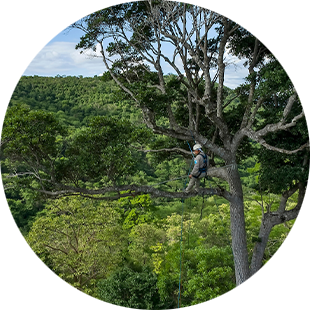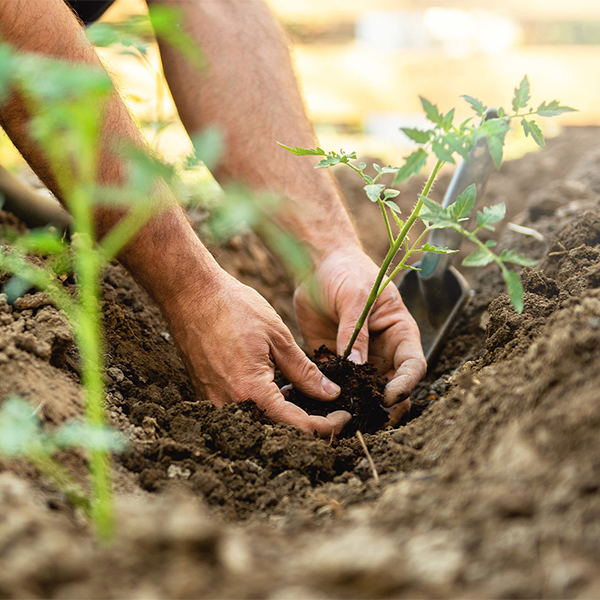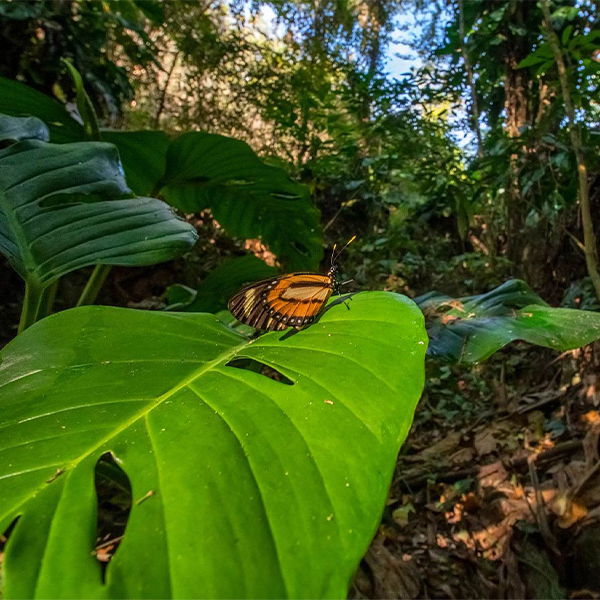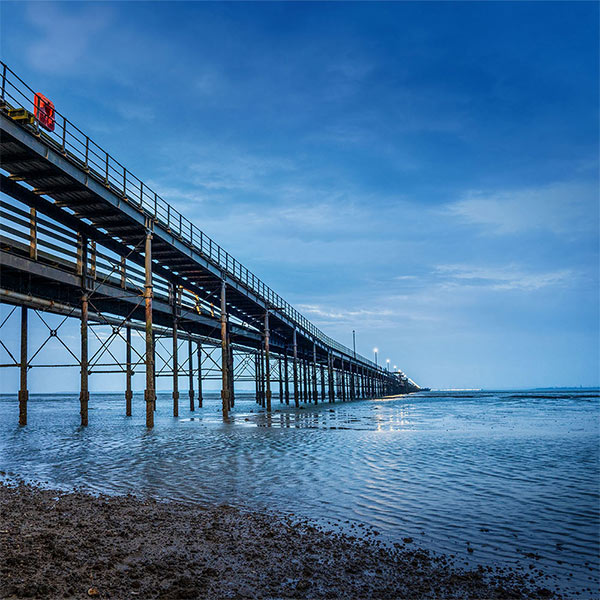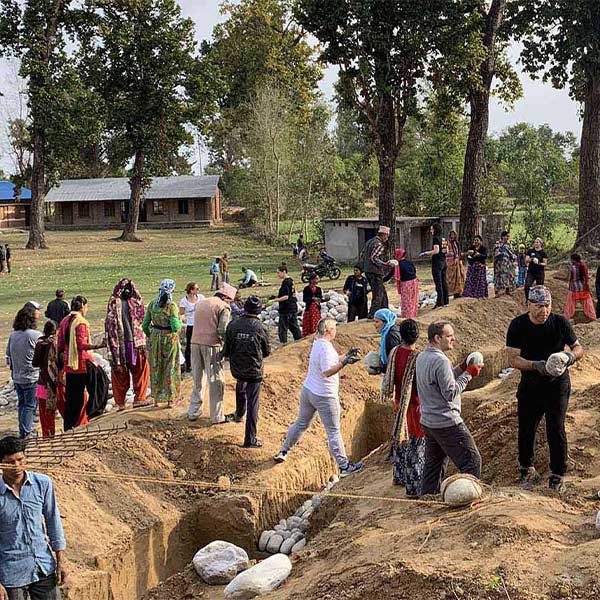The Zurich Flood Resilience Alliance (the Alliance) was launched
ten years ago and now operates in more than 330 communities in
some of the world’s most flood prone areas. In the past five years
alone, its work has impacted over 3.1 million people and helped
steer over USD 1.26 billion of funding towards flood resilience,
exceeding the targets communicated in 2019.
The Alliance, funded by the Z Zurich Foundation, puts communities
at the center of its work, with a focus on strengthening
prevention capacities. A crucial part of that work is to gather
meaningful information and insights from flood-affected
communities in order to best focus policy and spending. In January
2023, the Foundation also launched the Urban Climate Resilience
Program (UCRP) in nine countries around the world: Australia,
Colombia, Ecuador, Italy, Malaysia, Spain, Turkey, the UK and the
U.S. The UCRP builds upon the Alliance’s climate change work in
mostly rural environments and expands into urban spaces.
In 2023, Alliance partner Plan International, launched an
initiative in the Philippines with young people, aged 17-24, to
give them a voice in decision-making. The initiative takes place
in some of the highest risk barangays (communities) in the
National Capital Region, involving three in Manila City and four
in Navotas City.
The Alliance and many of its members attended COP28 in the United
Arab Emirates to share expertise and advocate for the needs of
flood prone communities across the globe. Two events, in
particular, focused on climate change adaptation initiatives in
Nepal
where the Alliance has been active since its launch, working with
local governments on the construction of flood-safe shelters,
raising granaries, drainage and dikes, promoting early warning
systems and conducting mock flood event drills.
The Alliance’s ten-year anniversary was also celebrated in
Peru
where work has focused on communities vulnerable to landslides and
floods in key watersheds in the regions of Piura, Lima and Cusco.
Activities in the Rimac river basin include first aid training,
the development of family emergency plans and the construction of
rain gauges. The project has now reached about 8,000 participants
and has contributed to the formation of 31 ‘community brigades’ in
the affected areas. The Alliance’s work on early warning systems
(EWS) is being scaled nationally. As of December 2023, newly
installed EWS are now benefiting about 457,000 people by alerting
them of potentially dangerous flooding. Ultimately, the expansion
of EWS is expected to impact the lives of over 9.3 million people
living in the Rimac watershed.

In
Mexico, the Tabasco region was chosen as the initial focus of the Flood
Resilience Project due to its high susceptibility to flooding.
Since 2013, the Flood Resilience Program has directly benefited
more than 10,000 people in Mexico, with a further 300,000
indirectly benefited through large-scale communications, training
and replication.
In Indonesia, the inspiring story of Tarudi and Muriah showcases
the transformative power of practical solutions in protecting
livelihoods in coastal communities in Central Java. Together with
Mercy Corps and the Zurich Flood Resilience Alliance, the Z Zurich
Foundation is making a tangible difference in communities
worldwide - supporting them in safeguarding lives and livelihoods,
and working together to build a more resilient future. The related
policy changes associated with the interventions in Indonesia have
the potential to impact 1 million people.

|
At the UN Climate Action Summit in 2019 the Alliance
committed to the following which has been achieved:
Scaling up work in climate action, including advocating
for the generation of an additional USD 1 billion from
public and private sources in climate-smart, risk-informed
development, which builds resilience. Helping make 2
million people more resilient to flooding. The Alliance
will elevate community voices and research findings with
international donors and all levels of government to show
why increased investment in flood resilience is urgently
needed. Engaging with other initiatives, including the
Risk Informed Early Action Partnership (REAP) of the
Adaptation and Resilience workstream.
|
A technician installs a LiDAR (Light Detection and Ranging)
station next to an old river measurement ruler on a bank of the
Vilcanota River, Peru. Implemented by Practical Action, the LiDAR
station monitors the river level as part of a network that
provides more effective early warning of flood events, giving
communities time to prepare and take action.
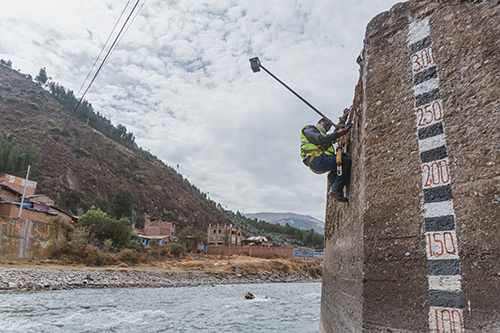
Photo credit: © Giorgio Madueño, Practical Action, August 2022
Community brigades in Tabasco, Mexico, established with the
support of the Mexican Red Cross, conduct training on early
warning systems. As well as leading preparation, prevention, and
response activities in the face of potential hazards, these
volunteer groups are advocating for change with local authorities
and other disaster risk management actors.
Photo credit: © Mexican Red Cross, June 2022
